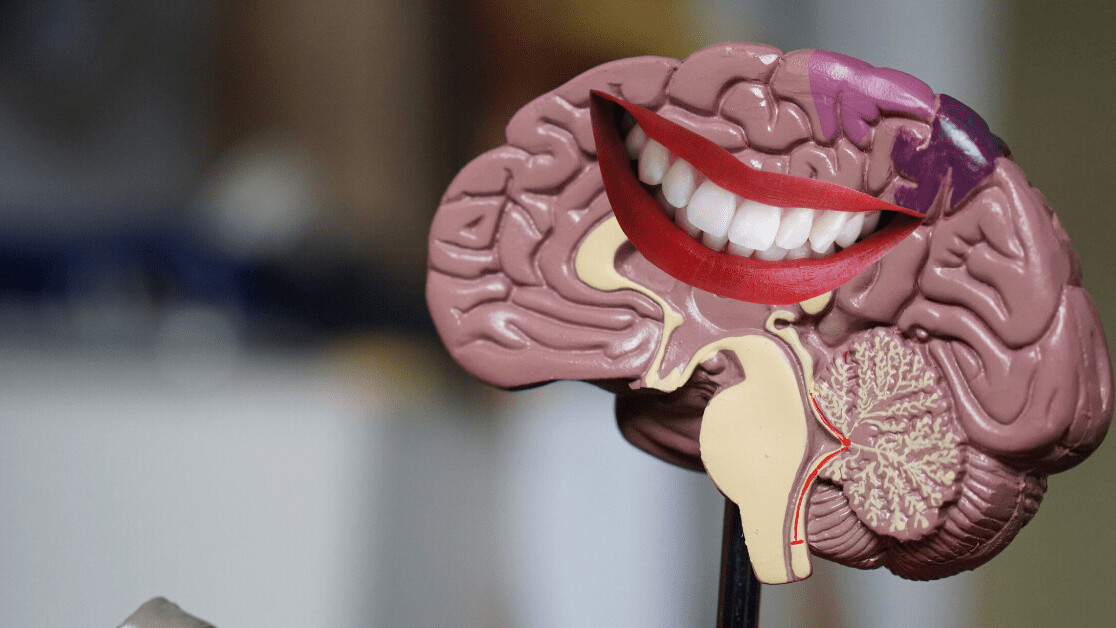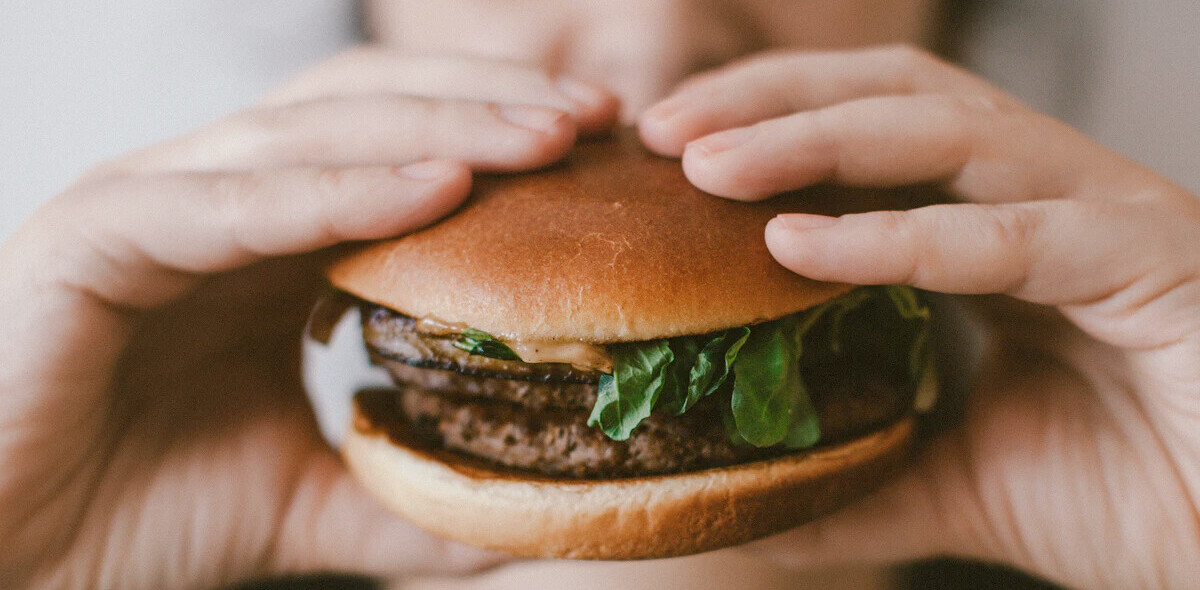
Do you ever wish you could just turn on the happy chemicals in your brain? Imagine how much easier it would make getting out of bed each morning, getting even the most tedious parts of your job done, and finding the energy to consistently show up as your best self for the people you care about the most. But is it really possible – never mind advisable – to try and train our brains for more happiness?
“The quest for good feelings is nature’s survival engine,” explained Professor Loretta Breuning, founder of the Inner Mammal Institute, when I interviewed her recently. “For example, animals seek food to relieve the bad feeling of hunger. They seek warmth to relieve the bad feeling of cold. And happy chemicals start flowing before a mammal even eats or warms up because the brain turns them on as soon as it sees a way to meet a need.”
The same is true for humans. Happy chemicals are turned on in your brain when you see a way to meet a survival need such as food, safety, or social support, but with the added complication that your cortex – the thinking part of your brain – makes long chains of association based on your early experiences of life.
“The feeling we call ‘happiness’ comes from four special brain chemicals: dopamine, endorphins, oxytocin, and serotonin,” explained Loretta. “These ‘happy chemicals’ turn on when your brain sees something good for your survival. Then they turn off, so they’re ready to activate again when something good crosses your path.”
Each happy chemical triggers a different good feeling. For example:
- Dopamine gives you a feeling of excitement and a surge of energy when you find things that meet your needs. It provides the “Eureka! I got it!” feeling. But you don’t get it for needs that have already been met, so this means that you have to look for new and improved ways to pursue what is important for you, based on your past dopamine surges.
- Endorphins produce feelings of euphoria that can help to mask your pain for a short time, so you can escape from harm when you’re injured. Like a runner’s high after a tough workout, it’s triggered by physical pain, but also from laughing and crying, and this may explain some people’s tolerance for painful relationships.
- Oxytocin produces the feeling of being safe with others and helps you to connect with and trust others. When present, it fuels our sense of belonging and attachment to groups, but when absent, it can leave us feeling lonely and isolated.
- Serotonin produces the feeling of being respected by others and a sense of pride. Despite our best intentions for cooperation and altruism, it can also fuel a “one-up feeling” of strength over others and is one of the reasons we often seek social comparisons.
“The reality is that everyone’s happy chemicals droop, which is why everyone looks for ways to stimulate more,” explained Loretta. “The challenge is that instant good feelings are not possible at every moment, and often come with unintended side effects. However, by building happy brain habits, you can find healthy ways to crank up these chemicals in ways that serve you, and others, well.”
Loretta suggested trying:
- Building dopamine into goal-setting – When you’re just focused on achieving outcomes, whether it’s completing a project, getting that promotion you’ve been wanting, or becoming a superstar in your industry, the end result can seem so far away that it’s difficult to see the progress you’re making. This means that you forgo the rewards of dopamine. Instead, try to design smaller goals so that you can actually see yourself approaching your end goal and enjoy the neurological rewards along the way.
- Taking an endorphin break – Short regular movements can turn your endorphins on if you’re in a job where you sit for long periods. Challenge yourself to move at least for five minutes every two hours. It might be walking up and down stairs to meetings, or taking a walk during your breaks. And listening to an audiobook you’re enjoying while you’re moving, can make it feel like a fun break.
- Releasing oxytocin by building trust – While oxytocin is turned on by trust, we can struggle, at times, to allow others close enough to us to nurture this trust, as we want to avoid the disappointments or betrayals of the past. After all, it can be hard to build trust when you feel like a predator is about to get you because you’re feeling isolated. What’s important is not to make giant overtures that leave you feeling threatened, but to build trust in small gradual steps. Try making a small overture to one person one day, then a small overture the next day to another person, and keep doing it. While the world might not change overnight, you will get small releases of oxytocin, and build your own oxytocin circuit.
- Accepting your inner mammal – Know that we all have times of insecurity when our status feels threatened. Understanding how your mammal brain works can help you notice when you’re putting yourself down, and avoid also putting others down by going one-up. If you feel your status is threatened in one area, you can compensate by reminding yourself that you still have status in other areas. And when you’re aware of what you’re doing, you can remind yourself internally of all the strengths that you have, and you don’t have to hit other people over the head with your strengths.
What can you do to turn on more of your happiness chemicals?
This article was originally published on Michelle McQuaid’s blog.
Get the TNW newsletter
Get the most important tech news in your inbox each week.




